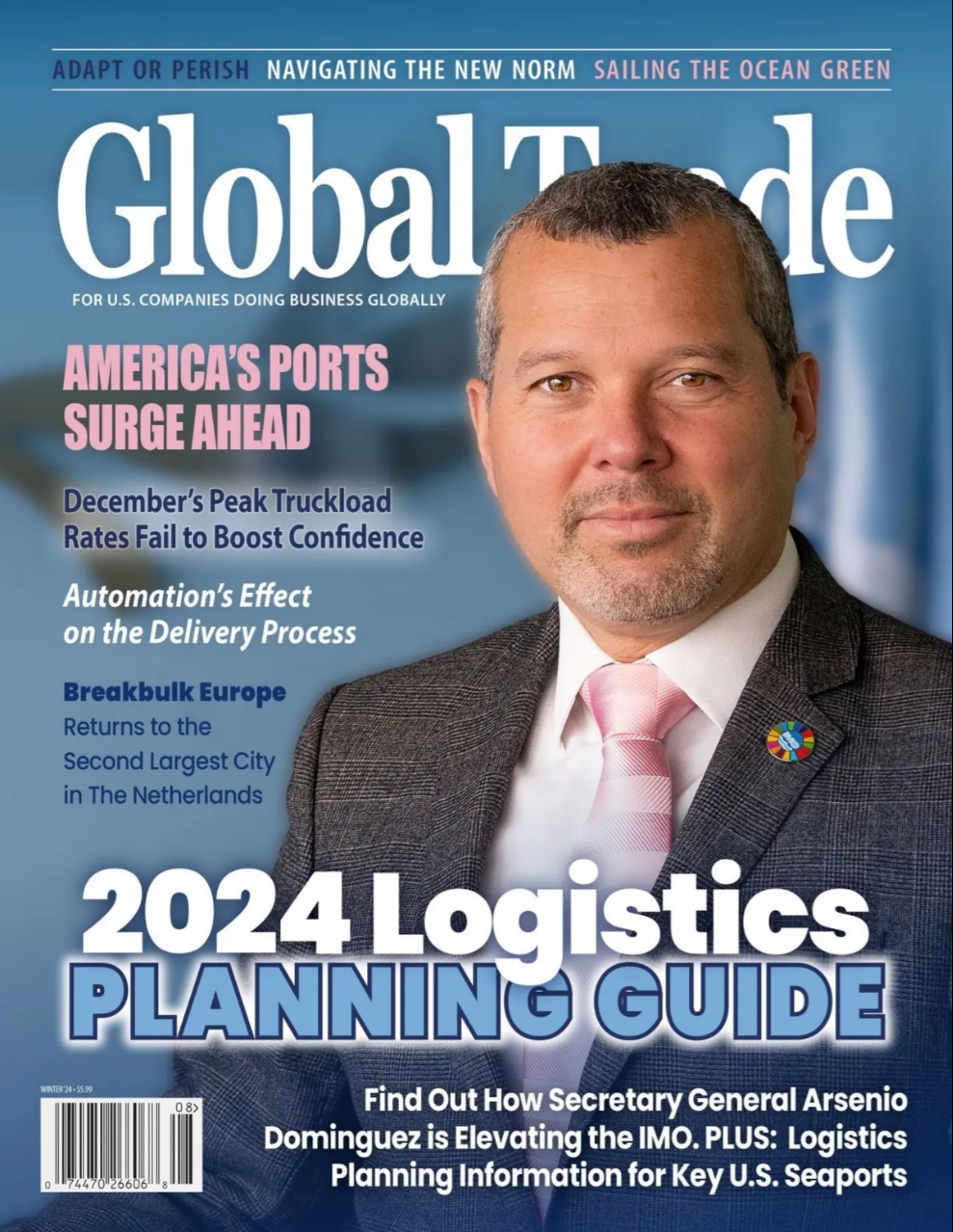CFOs face a daunting list of challenges in 2022: Managing cash flow and controlling overhead. Getting access to capital. Protecting the organization against fraud. Supply chain chaos. The Great Resignation and the talent shortage. Digital transformation.
How a business makes its payments touches on all of them.
The new imperatives of work from home drove more change in the long overlooked area of B2B payments than we’ve seen in decades. But there’s more room for improvement. This is a huge market–$22 trillion domestically–where banks still have 90% market share. The bank to fintech share shift movie we’ve seen in consumer payments over the past decade is really just beginning to play out in B2B. Here are some of the things I think we’ll see unfold in the year ahead:
Check use declines
Just a few years ago, over 50% of US B2B payments were made by check. Now we’re closer to 40%. That’s still a lot of checks, but the percentage will keep dropping. In Europe and LATAM, they don’t use checks, period. They have to transmit data to the government to report and remit VAT. They have to be able to transmit data across borders and banking systems. Imagine trying to do all that using paper.
Checks have persisted in US businesses because they are the only payment method that enjoys near universal acceptance. But as the whole world becomes more digital, maintaining manual check processes will become an increasingly unacceptable burden.
Greater focus on efficient processes
According to the 2022 AFP Payments Cost Benchmark Survey, efficiency–rather than cost savings–is now the top reason for moving to electronic payments. But just shifting to electronic payment types doesn’t create efficiency.
What does payment process efficiency look like? Technology that gives you a single workflow for any type of payment; centralization of digitized information in the cloud; support services such as error resolution, and outsourced vendor enrollment and data management.
Fintechs gain market share
There are a lot of companies in the check elimination business, but not all approaches are equally effective. Banks mainly offer check replacements such as cards or ACH. They’re not offering the combination of technology and services that companies need to become fully digital.
For example, enrolling vendors for electronic payments, and managing and securing their data has historically been a big obstacle to digitization. It can be cost prohibitive to do in-house. Fintech providers use both technology and services to offer a complete solution.
Cards see wider adoption
The percentage of card payments will rise because credit cards simply offer too many benefits to ignore.
On the customer side, you get an electronic process that reduces costs and makes expense tracking and reconciliation easier. Cards free up working capital, and generate rebates. They fight fraud–it’s easier to cancel payment, and to control spend through limits and category blocks.
On the vendor side, payments are received and cleared faster, and they don’t bounce, all of which means improved cash flow. You get better remittance data than you do with an ACH or even with a check. Perhaps more subtly, it enhances the image of your business when you’re big enough to accept credit cards.
Fighting fraud at scale
Criminals always follow the money. When money moved by stagecoach, they robbed stagecoaches. When it moved by train, we had train robbers. As money moves digitally and more people become computer literate, hackers are the new robbers.
Unfortunately today’s robbers enjoy all the same advantages of scale that legitimate businesses do. As it gets harder and harder for individual companies to keep up with fraud at scale, they’ll turn to payment service providers that take on the risk for them.
Blockchain yes, crypto not yet
Cryptocurrencies and NFTs made headlines in 2021. But, it’s still too early to fully understand how cryptocurrencies and blockchain/distributed ledgers will impact business payments.
Blockchain has made banks a tad bit uncomfortable with promises of being able to offer close to real-time transactions while reducing operational costs. In fact, FLEETCOR already partners with RippleNet in our global payments business. Their distributed ledger technology lets our clients pay their beneficiaries in hours instead of the days it would take using the SWIFT settlement network. For customers that are on RippleNet, all the KYC (Know Your Customer) and AML (Anti Money Laundering) information is vetted and there are bank accounts–not crypto accounts–on either side.
Cryptocurrencies still don’t have those required regulatory frameworks in place. Their untraceable nature, volatility, and lack of widespread acceptance are big challenges that must be overcome before we see mainstream business adoption.
In a nutshell
The digitization of B2B payments is happening. It will take a lot longer than it has with consumer payments, because change happens slower and the market is so big. There’s also more complexity. It’s not enough just to move the money electronically. You have to make all the surrounding processes electronic too.
In 2022, we’ll continue to see companies replace checks with electronic payments. But we’ll also see a growing realization that this isn’t true digital transformation.
Even if you’re making 100% of your payments via ACH and credit card, you still have people doing manual work that could be done much more efficiently through a full service payments provider. That reduces your costs, frees up people and capital, generates rebates, and makes your vendors happier because it’s more efficient for them too.
Rick Fletcher, Group President of Corpay Payables, entered the world of payables through leadership roles at Deloitte Consulting, GE Capital, and Comdata. His passion lies in helping customers operate better through making better decisions and gaining payment efficiency. Rick holds a degree in management from Northwestern University.










